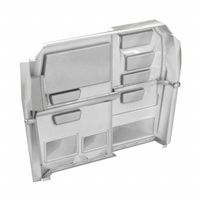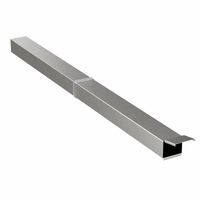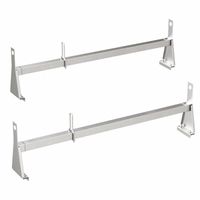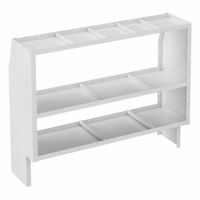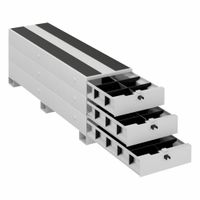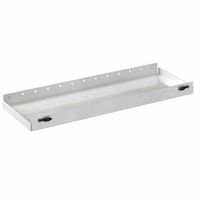Van Storage
Van storage products house, organize, and secure equipment, tools, and supplies in utility vans. Van storage systems feature installable components to customize van cargo areas. Van bulkheads are permanently installed dividers that separate the cab of the van from the cargo area to protect the drive .....Read More
Frequently Asked Questions
What are the benefits of using van storage systems?
How do I choose the right van storage system for my needs?
What materials are van storage products typically made from?
How do I install van bulkheads and what tools are required?
What are the weight limits for van roof-mount racks?
How do van conduit carriers improve transportation of pipes and tubing?
Are van storage systems compatible with all types of utility vans?
